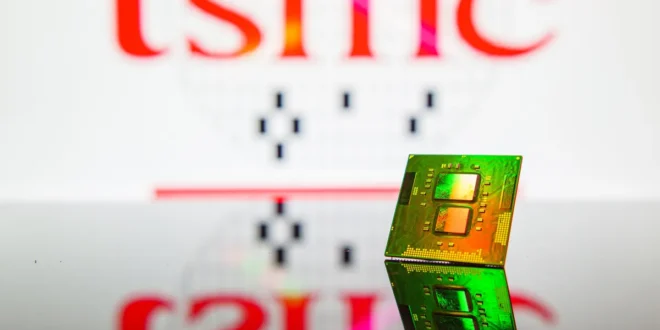Chinese Innovation: A Two-Dimensional Chip That Breaks Silicon Technology and Outperforms Competitors
A research team at Peking University, led by Professor of Physical Chemistry Bing Hailin, has announced the development of a new chip that will revolutionize the world of semiconductors and reshape the concept of processors. This chip is based on two-dimensional transistors that do not rely on silicon, surpassing Intel’s 3nm technology and Taiwan’s TSMC chips by offering 40% higher performance and 10% lower power consumption.
A Major Step Towards Overcoming Silicon Challenges
The significance of this innovation lies in China’s ability to overcome the challenges related to silicon-based chip manufacturing. According to an official statement from Peking University, this chip is the fastest ever developed, and its transistors are the most efficient to date.
Bing Hailin explained in the statement that innovations in traditional chips, which depend on current materials, are merely incremental developments. In contrast, the development of two-dimensional transistors will fundamentally change the way chips are manufactured, leading to a complete transformation in the industry.
Bismuth: The Element That Outperforms Silicon
The Chinese team used the element bismuth to manufacture the transistors, as research has shown that bismuth significantly outperforms silicon, particularly in miniaturization and energy efficiency at extremely small scales. They employed a high-performance semiconductor material called “Bi2O2Se” along with a high-insulation oxide gate “Bi2SeO5.”
This advanced design enabled the researchers to create a thin, leak-free gate, reducing switching voltage, enhancing computing power, lowering energy consumption, and minimizing leakage due to the high insulation properties of the materials.
Years of Research and Innovation
The development of this breakthrough required years of continuous research. The team discovered the bismuth-based material system nearly a decade ago. Bing Hailin also mentioned that the sanctions imposed by the United States, which restricted access to advanced chips and silicon transistors, served as a driving force behind this research. Although the innovation arose from necessity, it also pushed Chinese researchers to find new, alternative solutions.
Conclusion
This discovery marks a significant step in changing the landscape of semiconductor technology and advancing processor development. It also opens the door for the global use of alternative materials to silicon, enhancing energy efficiency and performance in computer processors.
Sources
- “Interesting Engineering” website
- Peking University



